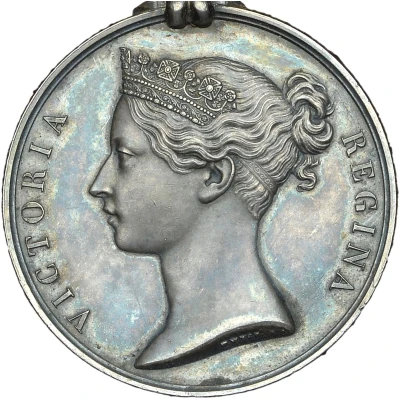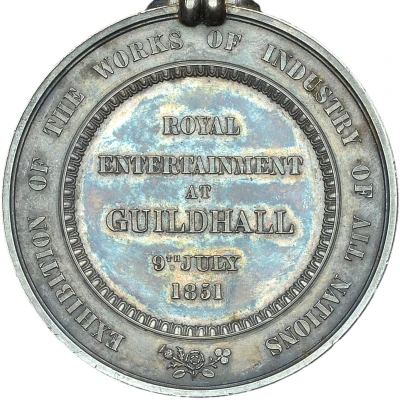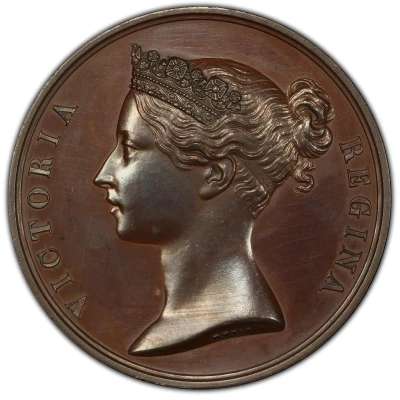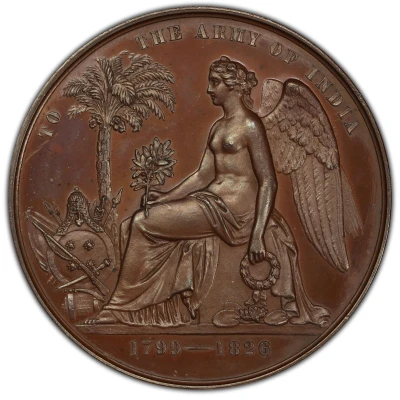
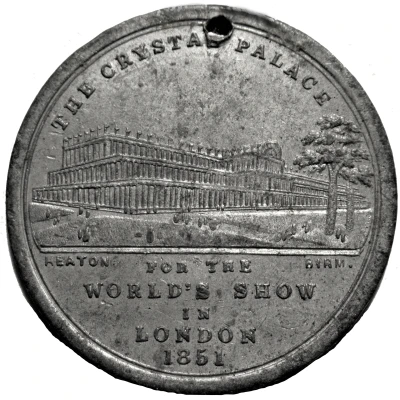

© Albator (CC BY-NC-SA)
Medal - World Exhibition at Crystal Palace, London
1851 year| (Pewter alloy) | 6.2 g | 30 mm |
| Location | United Kingdom (United Kingdom, British Overseas Territories and Crown Dependencies) |
|---|---|
| Queen | Victoria (1837-1901) |
| Type | Commemorative medals › Exhibition, fair and festival medals |
| Year | 1851 |
| Composition | (Pewter alloy) |
| Weight | 6.2 g |
| Diameter | 30 mm |
| Thickness | 1 mm |
| Shape | Round (Pierced at the top) |
| Orientation | Medal alignment ↑↑ |
| Updated | 2024-11-14 |
| Numista | N#278320 |
|---|---|
| Rarity index | 93% |
Reverse
View of the Palace; below, the Mint, the name of the event and the date.
Script: Latin
Lettering:
THE CRYSTAL PALACE
HEATON BIRM.
FOR THE
WORLD'S SHOW
IN
LONDON
1851
Edge
Plain
Comment
The Great Exhibition of the Works of Industry of All Nations or The Great Exhibition (sometimes referred to as the Crystal Palace Exhibition in reference to the temporary structure in which it was held), an international exhibition, took place in Hyde Park, London, from 1 May to 15 October 1851. It was the first in a series of World's Fairs, exhibitions of culture and industry that became popular in the 19th century. The Great Exhibition was organised by Henry Cole and by Prince Albert, husband of the reigning monarch of the United Kingdom, Queen Victoria.Famous people of the time attended, including Charles Darwin, Karl Marx, Michael Faraday (who assisted with the planning and judging of exhibits), Samuel Colt, members of the Orléanist Royal Family and the writers Charlotte Brontë, Charles Dickens, Lewis Carroll, George Eliot, Alfred Tennyson and William Makepeace Thackeray. The opening music, under the superintendence of William Sterndale Bennett was directed by Sir George Smart.
Wikipedia
